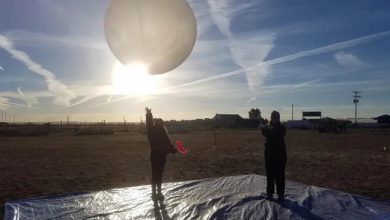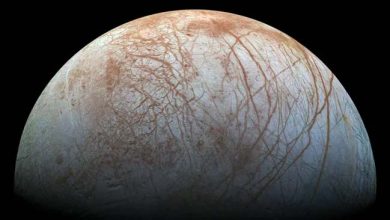NASA: Will send humans to uncover the mysteries of Mars in 2030

Science: NASA plans to send humans on a scientific journey to Mars, possibly as early as 2035. The trip would take about six to seven months each way and cover 250 million miles (402 million kilometers) in each direction. Astronauts could spend up to 500 days on the planet’s surface before returning to Earth. NASA’s Artemis program plans to send humans back to the Moon this decade so they can practice and prepare for a Mars mission in the early 2030s. While NASA has many reasons to pursue such an ambitious mission, the biggest reason is scientific exploration and discovery.
I am an atmospheric scientist and former NASA researcher who was involved in establishing the scientific questions to be investigated by Mars missions. There are so many mysteries to investigate on the Red Planet, including why Mars looks like it does today, and whether there was ever life on it, past or present. Mars is an interesting planet from a geological and atmospheric perspective. It formed along with the rest of the solar system about 4.6 billion years ago. About 3.8 billion years ago, at the same time that life on Earth formed, Mars was very similar to early Earth. It had abundant liquid water on its surface in the form of oceans, lakes and rivers, and it had a dense atmosphere. While the surface of Mars is completely devoid of liquid water today, scientists have found evidence of those old lakes, rivers and even a marine shoreline on its surface.
Its north and south poles are covered with frozen water, covered by a thin layer of frozen carbon dioxide. At the south pole during the summer, the layer of carbon dioxide disappears, revealing a mantle of frozen water. Today, Mars has a very thin atmosphere and is about 95% carbon dioxide. It is offset by atmospheric dust from the surface, which gives the Martian atmosphere its distinctive red color. Scientists know a lot about the planet’s surface from sending robotic missions, but there are still many interesting geological features that need to be examined more closely. These features could tell researchers more about the formation of the solar system.





